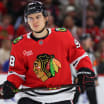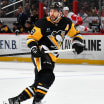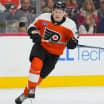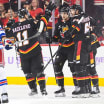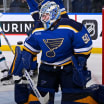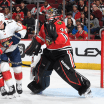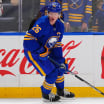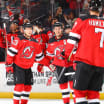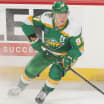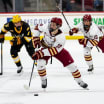NHL.com is providing in-depth analysis for each of its 30 teams throughout August. Today, the biggest reasons for optimism and the biggest questions facing the Montreal Canadiens.
The Montreal Canadiens will take the ice this season significantly different then how they ended one of the most discouraging seasons in their history.
Goalie Carey Price and defenseman Shea Weber will give Montreal a sneak peek at what awaits this season when they play for Team Canada at the World Cup of Hockey 2016. The return of Price from a sprained right MCL is a godsend in Montreal. Weber, his booming shot and tough physical play came at a high cost when the Canadiens acquired him in a trade with the Nashville Predators for defenseman and fan favorite P.K. Subban.
Reasons for optimism, questions facing Canadiens
Return of Carey Price, arrival of Shea Weber could spark Montreal
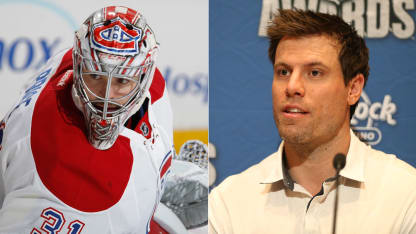
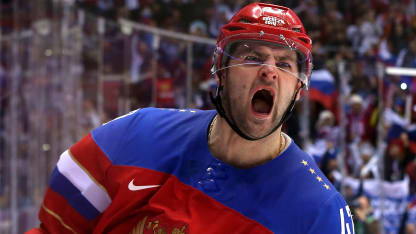
© Bruce Bennett/Getty Images
